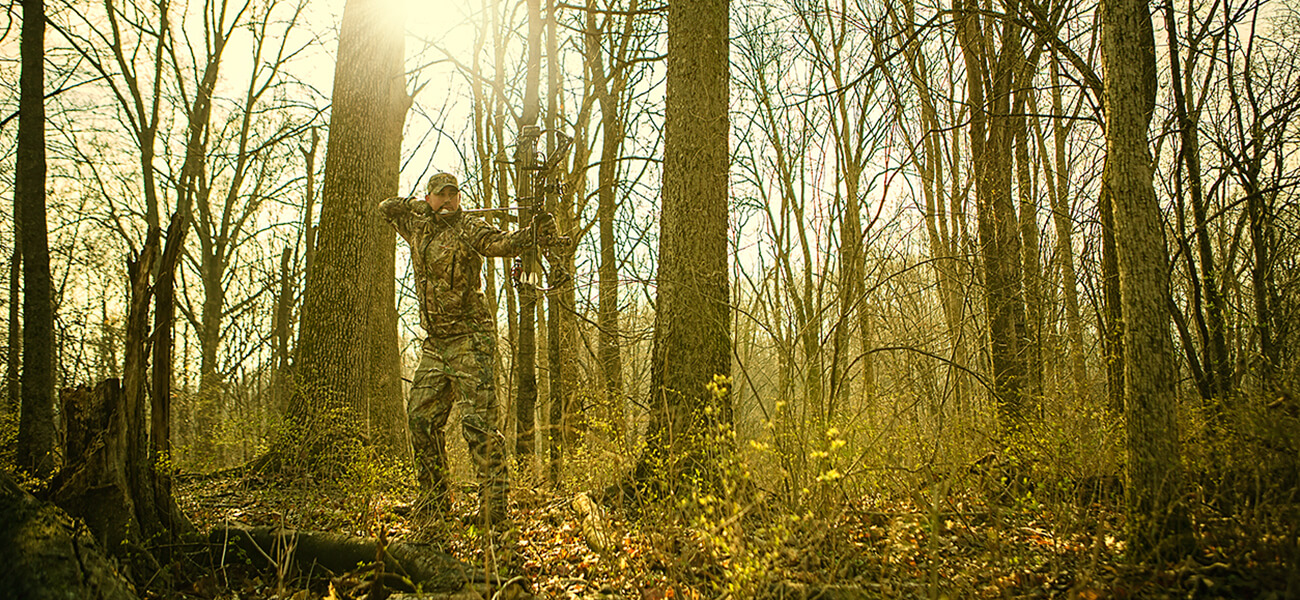3 Pre-Rut Hunting Tactics
The pre-rut phase of the deer rut is arguably a better time to hunt mature deer than the peak-rut. Bucks are revving their engines but still somewhat in a pattern. Big bucks may be laying low for most of the day, but when they are out feeding, checking scrapes, making rubs and chasing off lesser bucks, they are susceptible to aggressive tactics. Plus, there are no “lock-down” periods during the pre-rut, so it’s not feast or famine like it is during the peak-rut. Here are three hunting tips for the pre-rut deer hunter.
Use A Deer Decoy
There are many reasons to use a decoy during the pre-rut. Bucks are territorial, no longer fraternizing with other males and susceptible to calls and rattling tactics. But it’s not as easy as just putting one up and waiting for the king of the forest to come strolling in. Put some thought into your setup like Field and Stream illustrates here:
There are really only two setups you should be employing during the pre-rut: A single sub-dominant buck during mid-October and a buck/doe decoy combo as chasing starts to pick up. For more on these setups, we will refer you to the deer decoy experts, Montana Decoy, and their handy setup guide available to download for free.
Hunt Over Scrapes, But Not Just Any Scrape
Finding scrapes and rubs in the woods this time of year is easy, but don’t be quick to set up next to the first scrape line you see along a well-used travel corridor. These are usually made and tended to by the main herd of yearlings and immature bucks. Does will use this deer highway, so if that’s what you are looking for, set up there. But if you are after a giant, get off the beaten path and look for larger than normal, fresh scrapes. Josh Honeycutt from Antler Geeks gives a few more pointers to deciphering rut signs:
“The licking branch is key,” wrote Honeycutt. “Without one, the scrape is unlikely to be a primary scrape and is less likely to be visited again.”
“Hunting a primary scrape area in the pre-rut can be dynamite. This is where bucks will be when on their feet.”
Once you find a good area, here are some tips for hunting it:
Do not set up directly over the scrape. Get downwind of the scrape area, as the buck will almost always from that direction.
Freshen the scrape up with some buck or doe urine.
Bring a call. Grunt at a buck coming to the check the scrape if he is out of range. You may also want to set up a small buck decoy so if the buck does come to investigate the call, he sees what may be making it and will not hang up.
Plan Your Hunts By The Weather
There should be “mini cold fronts” coming and going that will increase deer movement throughout the pre-rut. But what you are looking for is a major drop in temperature, hopefully following a strong storm that kept the deer off their feet at night. Once the weather clears and the temperatures bottom out, get to the best spots on your property – the ones you’ve been saving for the right conditions. Honey holes like high-traffic funnels: acorn flats surrounded by cover or isolated pockets of heavy cover in between a buck’s bedding and feeding area.
These are the days you want to cash in your personal days, sit all day and enjoy the amplified deer movement caused by the cold front.
The pre-rut is a bowhunter’s favorite time to be in the woods. It’s when we can get aggressive with our calls, decoys and scents. It’s when our journal entries are filled with stories and harvests. It’s when you should be in the stand ready to shoot.
View All Posts

